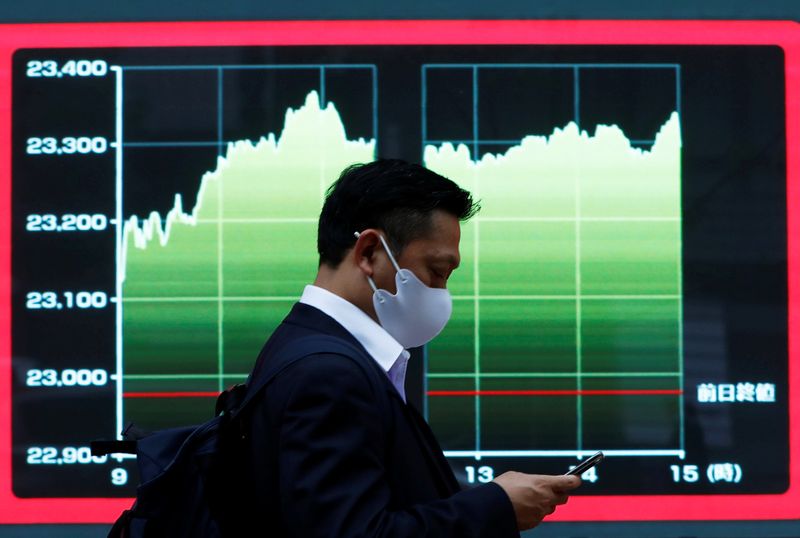
Eden
Oct 25, 2021 14:07

What is commodity currency
AUD(Australia Dollar), like the Canadian dollar and the New Zealand dollar, is one of the commodity currency.
Commodity currency refers to legal currency with certain commodity attributes. Its characteristics are that the country’s exports account for a high proportion of its gross national product, it is the main producer and exporter of a certain primary product, and the currency exchange rate changes in the same direction as a certain commodity.
Since Australia is the world’s major exporter of bulk commodities such as coal, iron ore, copper, aluminum, and wool, and these products account for nearly 70% of Australia’s total exports, the price of these commodities has a great impact on the AUD, and the AUD has also become a commodity currency.
Factors affecting AUD
Commodity price

As the AUD is closely related to commodity prices, if the prices of precious metals, coal, iron ore, natural gas and other commodities rise, the AUD will also rise.
For example, in 2002, when the price of gold rose, the exchange rate of the AUD also rose. In the summer of 2002, when the price of gold recovered, the AUD also began to adjust. In 2004, the gold AUD began to rise at the same time.
In the global economic downturn and geopolitical tensions, the AUD will also be pushed up.
China's economy
As the AUD is a currency in the Asia-Pacific region, its trend is often affected by changes in the Chinese economy.
The 2008 financial crisis and the global economic downturn. At this time, China proposed 4 trillion large-scale infrastructure projects, which caused the global raw material prices to rise, and at the same time, the Australian economy rose against the trend.
In 2018, the Shanghai Composite Index of China's stock market fell all the way after it hit a high at the beginning of the year, and the AUD against the US dollar also showed a similar trend.
2021 Outlook
Australia's economy
Australia's economic growth in the fourth quarter of 2020 was 3.1%, better than market expectations, indicating that with the help of large-scale monetary and fiscal stimulus measures, Australia's economy has performed solidly this year.
The Australian Bureau of Statistics (Australian Bureau of Statistics) announced on Wednesday (3rd) that the economy grew by 3.1% in the fourth quarter of last year, better than market expectations of 2.5%, and the growth rate in the third quarter was revised up to 3.4%.
Commonwealth Securities (CommSec) chief economist Craig James said: "The characteristics of the V-shaped economic recovery can be seen everywhere, including economic growth, the job market, retail spending, and the real estate market." He expects the Australian economy to grow by 4.2% this year.
Australia's domestic economy has also performed better than other wealthy countries. Last year, exports contracted by 2.5%, which was less than the decline of 10% in the United Kingdom, 9% in Italy, 5% in Canada, and more than 3% in the United States.
China's economy
Among the countries affected by the epidemic, China is the fastest recovering economy. China's economic recovery will increase the demand for Australian energy, education, investment and other projects, which will drive the appreciation of Australian assets and the rise of the AUD.
Among commodities, iron ore has always accounted for the largest percentage of Australia's exports, accounting for 20%, and the highest is close to 30%.
China has always been the main importer of Australian iron ore. The percentage of iron ore exported from Australia to China has increased from 68% in 2010 to 83% now.
Federal Reserve
The trend of the AUD is related to the strength of the US dollar. The strength of the US dollar will suppress the decline of the AUD, and the weakness of the US dollar will push the AUD higher.
The introduction of vaccines in Europe, the United States and China, and the gradual recovery of the economy, have caused global risk assets to rise continuously, approaching or even exceeding the high point before the epidemic. The function of dollar hedging has been weakened.
The Fed will further loosen water in the next few years, which means that the US dollar will be further suppressed. The fall of the dollar will bring more upside space for the AUD.
Trading strategy (Source: Trading Central)

Pivot: 0.7720
Our preference: long positions above 0.7720 with targets at 0.7775 & 0.7800 in extension.
Alternative scenario: below 0.7720 look for further downside with 0.7700 & 0.7685 as targets.
Comment: a support base at 0.7720 has formed and has allowed for a temporary stabilisation.
Supports and resistances:
0.7820
0.7800
0.7775
0.7756 Last
0.7720
0.7700
0.7685

Oct 25, 2021 14:07

Oct 25, 2021 14:07